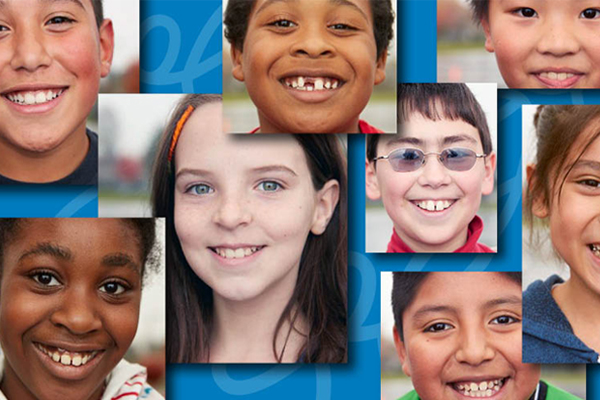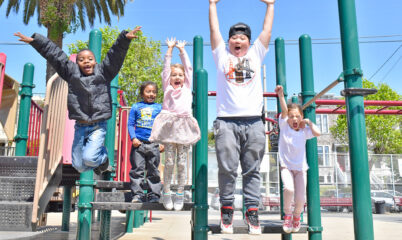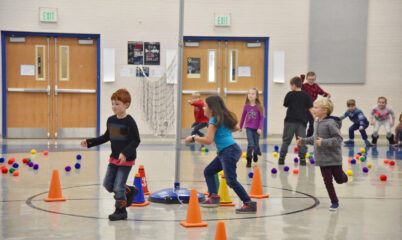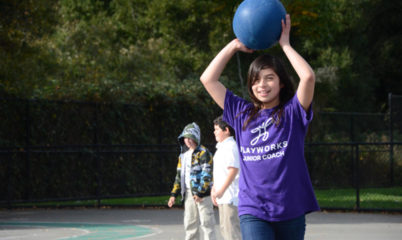October is National Bullying Prevention month, and as a part of that I’m participating in a webinar on resilience, dealing with adversity, and the role of sports and play in creating healthy environments, hosted by the Robert Wood Johnson Foundation.
Concerns about bullying have been in the public eye for quite a few years now. One of the promising trends that I’ve noticed lately is a willingness to move away from the default narrative of the “bully” as the villain—making the additional effort to look a little deeper at how and why bullying happens.
There are two things we’ve noticed at Playworks that consistently contribute to a culture in which bullying is prevalent. The first is environment. Bullying doesn’t happen in a vacuum. We can prevent bullying by norming prosocial behaviors—people treating one another with kindness and respect, setting expectations of empathy, and taking the time to teach kids the skills they need to resolve conflicts and have agency in driving their own education, and by extension, the world around them. This environment is far less hospitable to bullying.
The second contributing factor is the impact of adverse childhood experiences (ACEs), and the dramatic link that exists between exposure to multiple ACEs and disruptive behaviors. There are people who know far more than I about ACEs, but what I do know is that we have had tremendous success at Playworks in asking our staff to suspend their disbelief that success is possible and to believe instead in the power of play to bring out the best in every kid. To recognize that it is our responsibility as adults to not only believe in this, but to help the kids we work and play with to see the best in themselves.
When kids have been exposed to a higher number of ACEs, this becomes far more challenging. A child who has experienced a lot of trauma may behave in seemingly self-destructive ways, but for completely understandable reasons—the desire to get attention or to have some momentary sense of control over the world around them, for example. Young people who have been exposed to multiple ACEs will provoke authority figures in their world to get a predictable reaction, even if that momentary control means that they will get in trouble.
This is not to say that children should not be held accountable for their actions. But having adults who better understand these actions is the best hope we have for responding in a way that ensures these negative behaviors are met in a way that points to healthy alternatives. Looking at it through this lens––which is admittedly super challenging when kids are behaving terribly––opens up the possibility of seeing bullying as a behavior best reversed by offering up other choices.
In order to prevent bullying, we must consider these two contributing factors—environment and the impact of adverse childhood experiences. By creating kind and emotionally safe environments and meeting children, especially those who have dealt with a lot of trauma in their lives, with empathy, we can stop our children from exhibiting bullying behavior.



